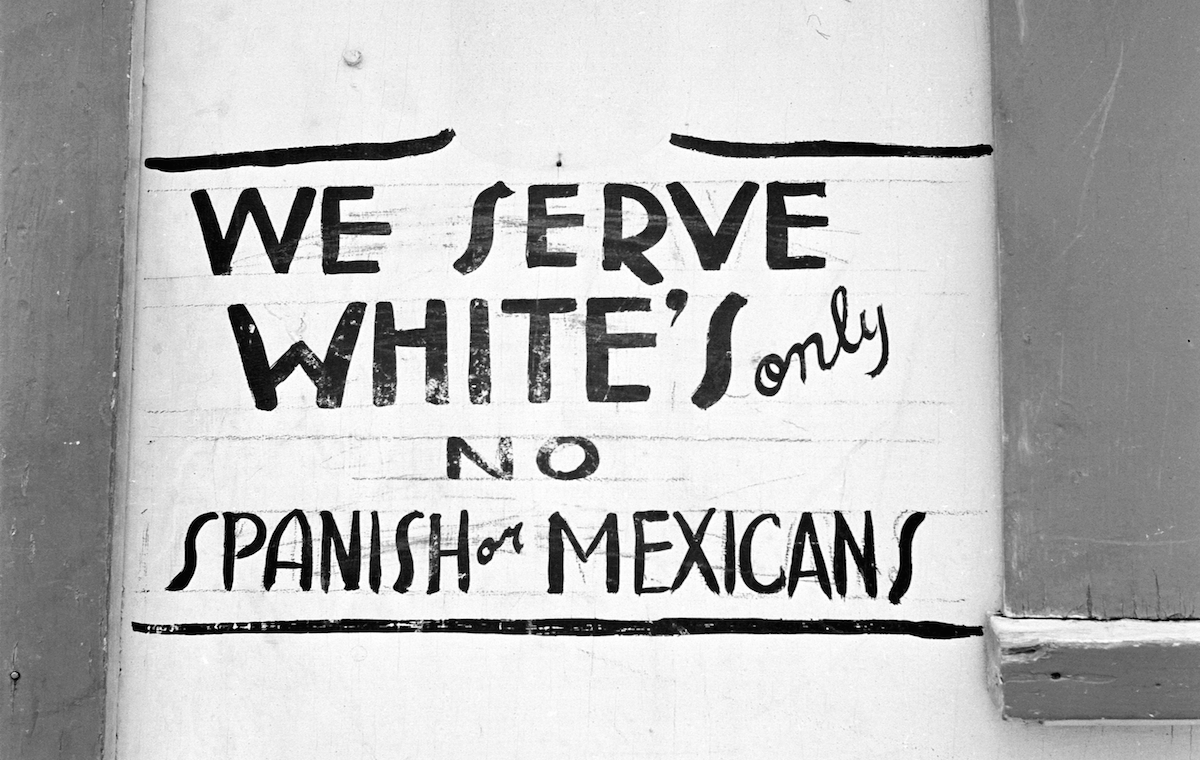Sylvia Mendez has lived in California for eight decades and has seen many changes in her time there. She remembers how one time in the early 1940s her parents walked into a restaurant and were ignored by the waiter.
“My father who spoke very good English said, ‘Miss, why aren’t we being served?’ and the waitress said it was because they didn’t serve Mexicans there, so we had to get up and leave,” Mendez said. Even though the restaurant didn’t have a sign that said outside that specified the policy at the time of “no dogs or Mexicans allowed in this restaurant.”
The history of segregation against Mexicans is not widely known, yet for decades Mexicans and Mexican-Americans were not allowed to go to movie theaters unless they sat in the balcony and they were not allowed to enter swimming pools over the weekend while white people swam. They had to wait until Mondays “when the water was dirty and after we got in the pool they would take out the water and put new water in for the white children,” Mendez said.
Public schools were also segregated. There were “whites only” schools and Mexican schools.
In 1945 when the Mendez kids were rejected from enrolling in their community school, Gonzalo Mendez, Sylvia’s father, took the issue to court.
Mendez v. Westminster became the first case in U.S. history to rule on desegregation, forcing schools in Orange County to integrate in 1947. The landmark U.S. Supreme Court decision that later ended legal segregation in all public schools nationwide used some of the arguments used in the Mendez case.
At 79 years old, Sylvia Mendez visits classrooms to talk to students about her experience and about the Mendez case because most students know don’t about it.
She was awarded the Presidential Medal of Freedom in 2010.







